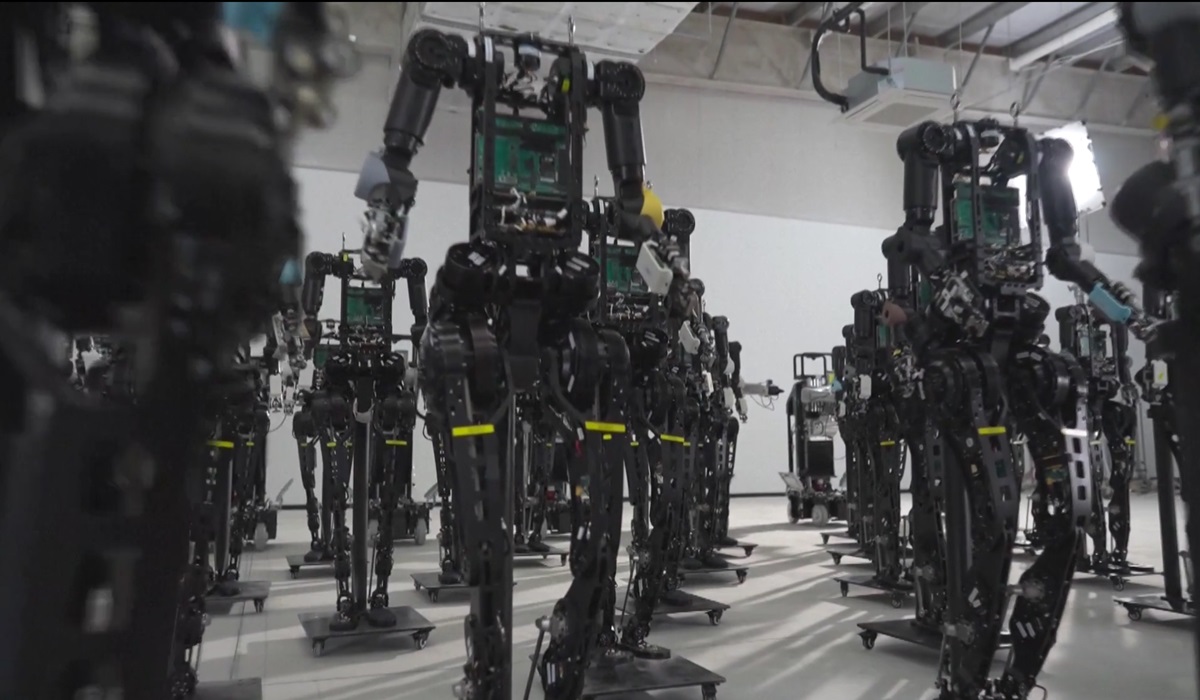From Assembly Lines to Daily Life: China’s Leap into Mass-Produced AI Robots
- Naomi Dela Cruz
- Breaking News
- Asia
- China
- East Asia
- January 2, 2025

Image Credit, Credit/ Story CGTN
China has made history by becoming the first country to mass produce humanoid robots, signaling a monumental shift in the global race for embodied AI development. While competitors like Tesla’s Android project remain in earlier stages, China’s rapid advancements showcase its dominance in this emerging field. A Shanghai-based tech firm has already begun producing nearly 1,000 humanoid robots in 2024, laying the foundation for a transformative industry.
These robots are general-purpose platforms equipped with AI capabilities that allow secondary customization for diverse applications across scientific research, manufacturing, and business. Remarkably, the company achieved this milestone in less than nine months, driven by a robust supply chain and innovative technologies, many of which overlap with China’s burgeoning new energy vehicle industry.
Testing and precision engineering have been central to this success. Robots undergo rigorous sub-testing, including endurance tests for their components, to ensure reliability. Each robot boasts over 40 degrees of freedom, enabling versatile movements. The integration of advanced precision components, such as electric drives and reduction gearboxes, has accelerated production while ensuring quality.
Adding to this innovation, the firm has established a dedicated data collection facility. Here, robots interact with simulated environments, like kitchens and supermarkets, to learn human actions. This data is transmitted to the cloud, where large AI models perform massive virtual training. The resulting general-purpose AI capabilities can be embedded into future robots, enhancing their functionality.
Industry experts predict rapid growth for humanoid robots, with commercialization beginning to take shape in 2024. While challenges remain, particularly in achieving human-like movement and intuitive interaction, the potential for these robots to enter everyday life is closer than ever. Cost reductions and advancements in hardware and software are expected to make robots more accessible to households and businesses alike.
China’s leap into mass production of humanoid robots marks a new era, where artificial intelligence seamlessly integrates into daily life. For some, this future sparks apprehension, but as history has shown, embracing technological progress often leads to greater innovation and opportunity. As robots evolve from building cars and flying planes to cooking meals and performing other everyday tasks, the world stands on the brink of a revolution. The future isn’t coming—it’s already here. It’s time to embrace it.








